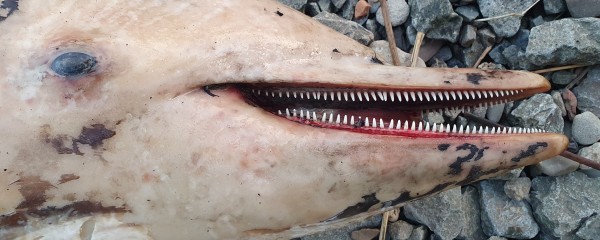Rediscovered in our collections: one of the oldest fossil insect assemblages from China

Paleontologists have rediscovered a rich collection of insects and other fossil arthropods from a Chinese coal mine. It includes numerous cockroach wings essentially of Moscovian age (about 310 million years old). These fossils, thought to have been lost for decades, are now resurfacing and awaiting researchers.
When Bernard Mottequin (Institute of Natural Sciences) wanted to show a PhD student a collection of fossil cockroaches from the coalfields of Belgium, he came across an impressive collection of insects from the Zhaogezhuang coal mine, about 170 km southeast of Beijing. They date from the Carboniferous and Permian periods (more than 295 million years old).
The insects were collected between 1920 and 1926 by Fernand-François Mathieu in the Zhaogezhuang coal mine, which is part of the Kaiping Coal Basin. Mathieu was a geologist and consultant engineer to the Kailin Mining Administration. All specimens were donated to the Institute of Natural Sciences in February 1938 and included in the paleontological collections. Mathieu collected other arthropods in the 1940s, which were also deposited at the Institute.

A lost collection?
All the insects and other arthropods discovered at Zhaogezhuang were borrowed by Daniel Laurentiaux in the mid-20th century for his doctoral thesis, which was defended at the University of Paris in 1958. But the work was never published in extenso. After numerous reminders, these specimens did not return to our paleontological collections until the late 1980s, before being forgotten.
Besides these insects, the Zhaogezhuang Coal Mine yielded numerous fossil plant remains, which were studied by the paleobotanist François Stockmans and F.-F. Mathieu, as well as marine invertebrates.
Beautiful wings in detail
With their publication in the journal Geologica Belgica, paleontologists Bernard Mottequin and Ninon Robin wanted to bring this collection of arthropods out of oblivion by highlighting its historical and scientific value.
For this purpose, they photographed details of the anatomy of some particularly interesting specimens (a spider, several insects and an indeterminate arthropod) using reflectance transformation imaging (RTI). This technique makes it possible to make visible the micro-reliefs of these small fossils, which you cannot see with the naked eye.
Many fossils from the Kaiping Coal Basin, mentioned and/or described in the studies of the 1920s, have not yet been found in the Institute's fossil collections (which number 3 million specimens), but they could be located in the approximately 8,000 trays from the collection ofthe National Center for Coal Geology, now kept in Péronnes-lez-Binche (Hainaut).




